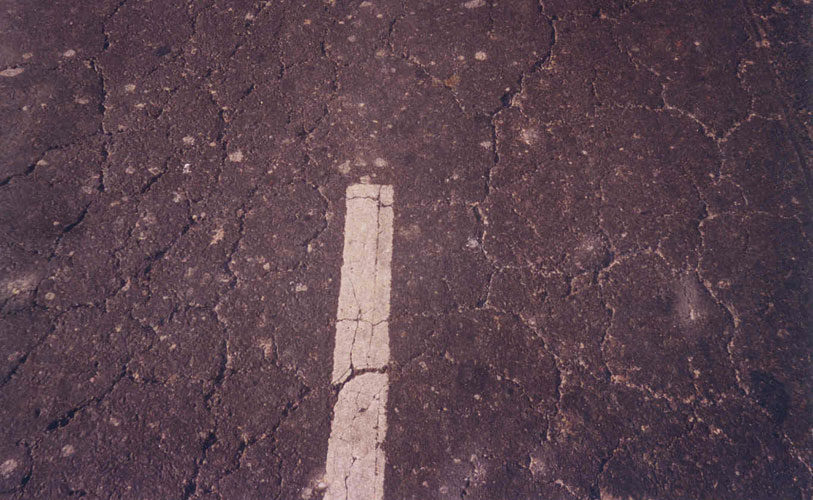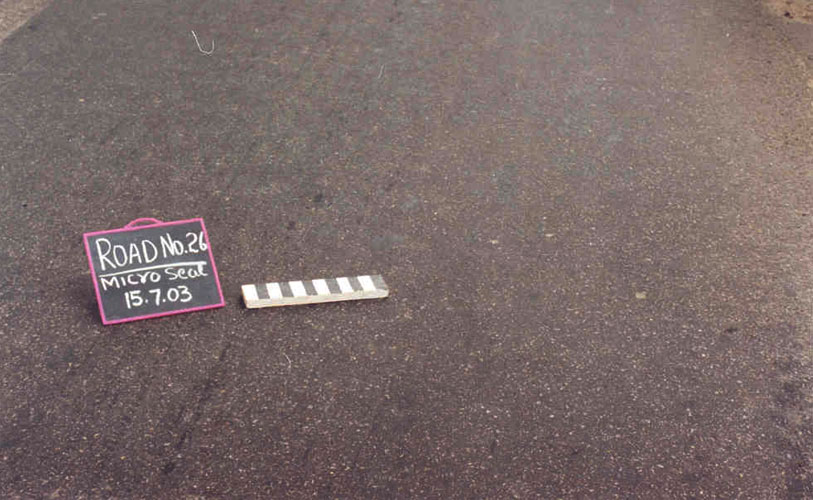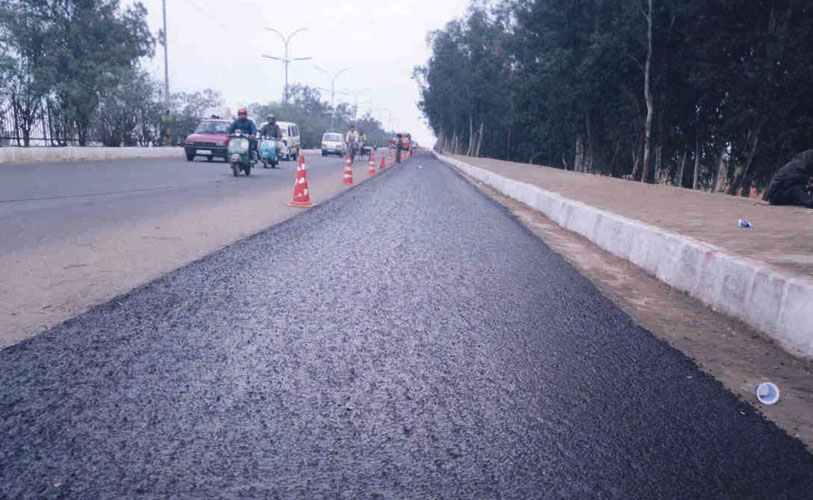- +91 98302 20701 / +91 9830040702
- headoffice@jalnidhi.com
- Request A Quote
Microsurfacing is a mixture of Polymer Modified Emulsified Bitumen, Dense Graded Crushed Mineral Aggregates, Mineral Filler (normally Portland Cement), Water and Chemical Additives to facilitate early setting of mix.
Micro Surfacing was processed in Germany in the early 1970. After a continuous research over the time resulting in as modern Micro Surfacing, this was introduced first in United States in 1980. Now it is only most cost effective treatment in the surfacing rutting problems.
 WORK IN PROGRESS IN MORDABAD – BARELLY ROAD PROJECT IN U.P. (2019)
WORK IN PROGRESS IN MORDABAD – BARELLY ROAD PROJECT IN U.P. (2019)
The typical composition of Microsurfacing mix consist of following ingredients
| 1 | Quick Setting | 2 | Early opening to traffic |
| 3 | Higher resistance to abrasion | 4 | Can be used for Medium to high volume traffic corridors |
| 5 | Fast construction | 6 | Delays in hardening of bitumen due to environmental conditions |
| 7 | Less air/noise pollution | 8 | Preservation of pavements’ structural strength |
| 9 | Cost effective | 10 | Marginal raise in pavement height |
| 11 | Prevent various type of cracking | 12 | Least environment pollution |
| 13 | Seals wide cracks effectively | 14 | Faster laying process |
| 15 | Better visibility at night | 16 | High durability due to polymer effect. |
| 17 | No rolling and compaction is required | 18 | Long life of Pavements |
 MORDABAD – BARELLY ROAD PROJECT (U. P.) - 2019
MORDABAD – BARELLY ROAD PROJECT (U. P.) - 2019
 ULUBERIA – KOLAGHAT (W.B.) ON NH-6
ULUBERIA – KOLAGHAT (W.B.) ON NH-6
 View of road before Microsurfacing
View of road before Microsurfacing
 After six month
After six month
 After one week
After one week
| Requirements | Specifications | Test Method | |
|---|---|---|---|
| Residue on 600µm IS Sieve ( % by mass), maximum | 0.05 | IS : 8887 | |
| Viscosity by Saybolt Furol Viscometer at 25ºC second | 20 - 100 | IS : 8887 | |
| Coagulation of Emulsion at low temperature | NIL | IS : 8887 | |
| Storage Stability after 24 h (168h) % maximum | 2 (4) | IS : 8887 | |
| Partical charge +ve /-ve | + ve | IS : 8887 | |
| Test on Residue | |||
| a | Residue by evaporation % minimum | 60 | IS : 8887 |
| b | Penetration at 25 °C/100g/5s | 40-100 | IS : 1203 |
| c | Ductility at 27 ºC cm minimum | 50 | IS : 1208 |
| d | Softening Point °C minimum | 57 | IS : 1205 |
| e | Elastic Recovery * % minimum | 50 | IS : 15462 |
| f | Solubility in Trichoroethylene % minimum | 97 | IS : 1216 |
We welcome collaborations with businesses, fostering long-term, mutually beneficial partnerships built on trust and reliability.
Join our dynamic team to gain in-depth knowledge, enhance your skills, and grow through hands-on training and experience.